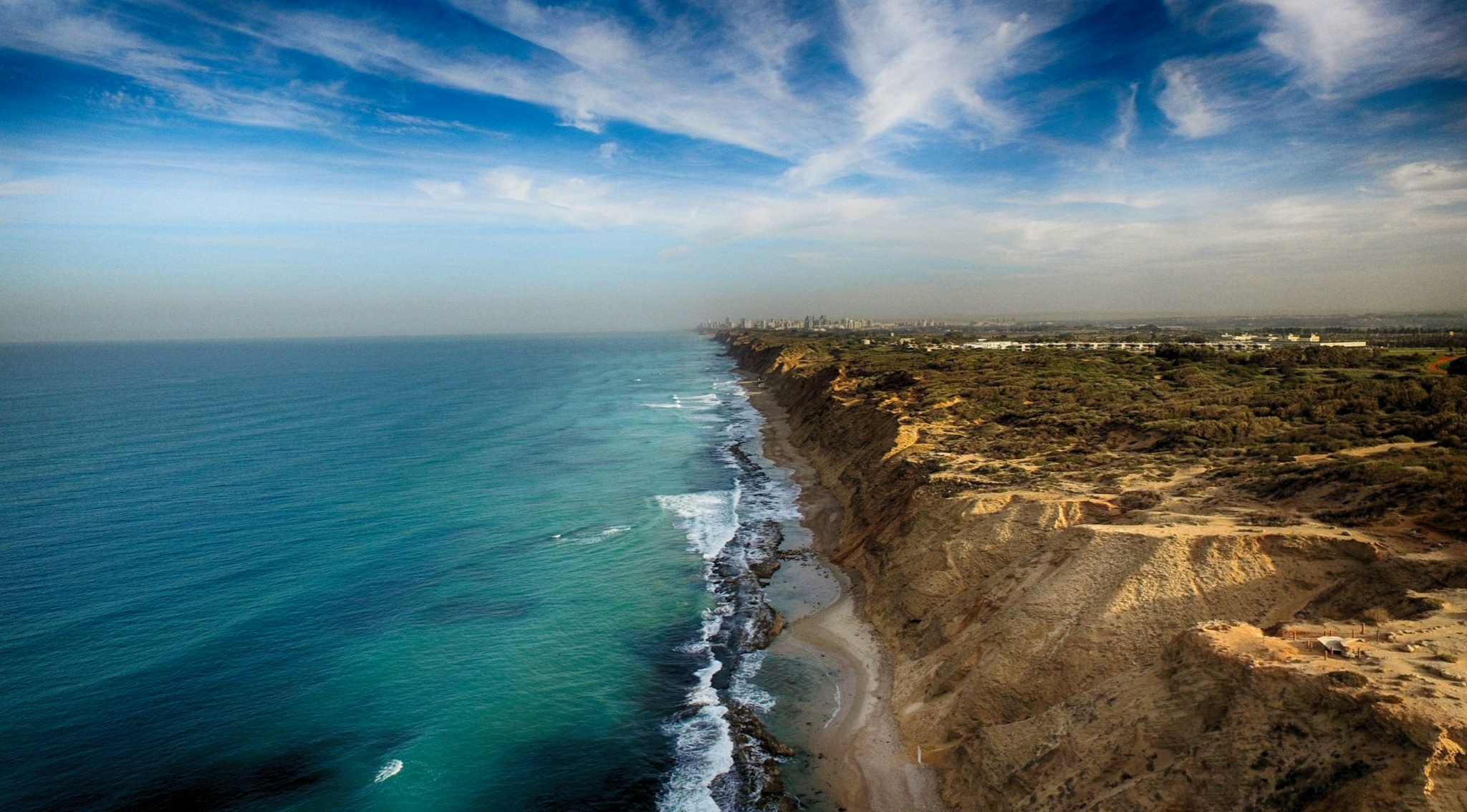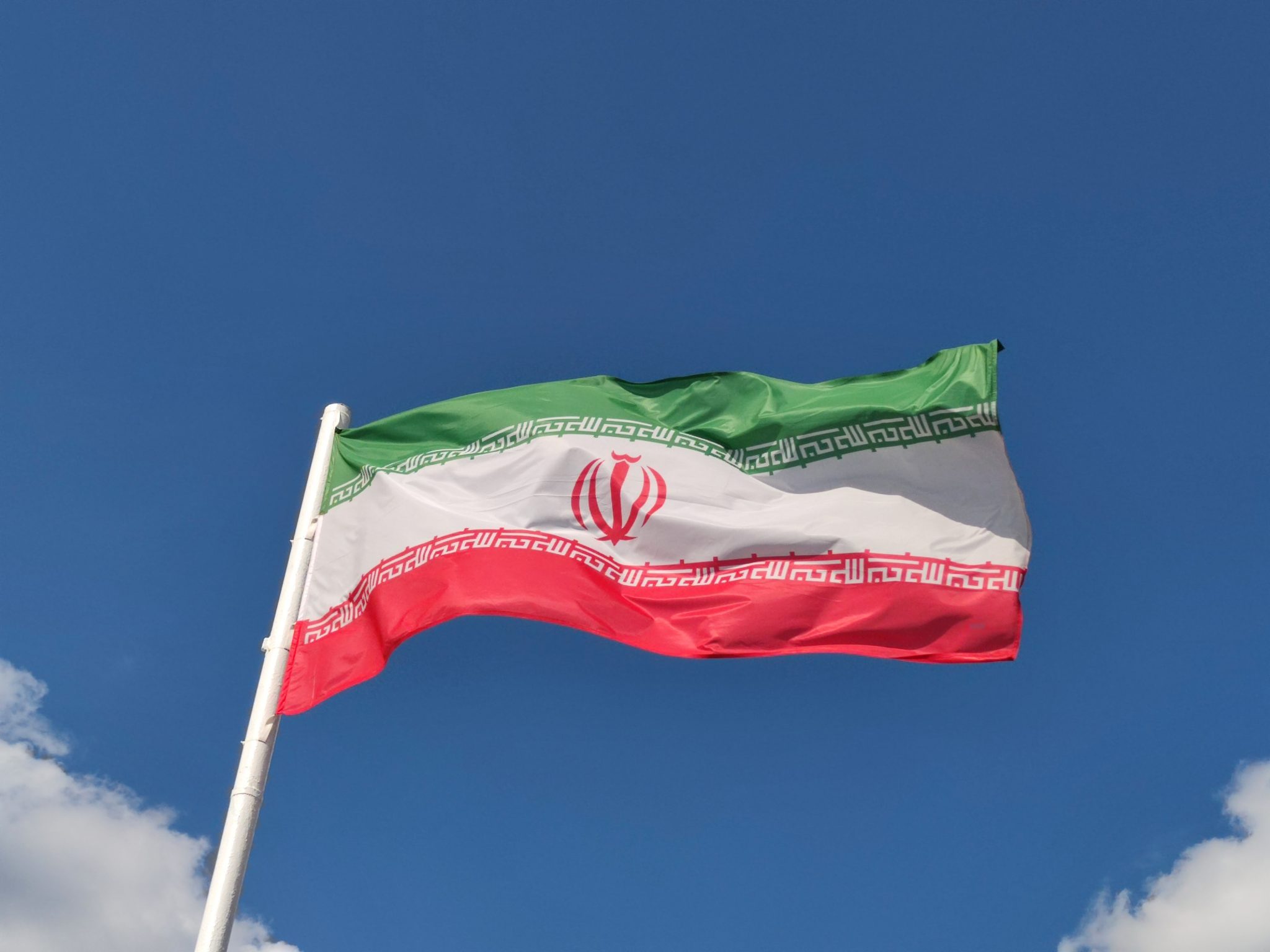In several millions of years time, landlocked nations like Zambia and Uganda might have their own coasts.
The creation of a new ocean may result in the division of Africa into two part, scientists have said.
Enough data has emerged to indicate that the continent will eventually divide into two sub-continents, forming a new ocean basin between them. This process however will take five to ten million years due to fault-lines widening 7mm every year.
The beginning of a new sea was signaled by the emergence of the East African Rift, a 35-mile-long fissure in Ethiopia’s deserts, in 2005. This occurred when the Dabbahu volcano, which is located at the end of the east African rift valley, erupted.
The construction of the rift was fueled by tectonic processes akin to those taking place at the ocean’s bottom, according to seismic data published in the peer-reviewed journal Geophysical Research Letters.
Three tectonic plates—African Nubian, African Somali, and the Arabian which have been separating for some time—are where the crack is located.
This implies that landlocked nations like Malawi, Zambia, Rwanda, Uganda, Burundi, the Democratic Republic of the Congo and Malawi might unintentionally discover themselves with a coastline and, as a result, create harbours that directly connect them to the rest of the globe.
There would be two territories each for Kenya, Tanzania, and Ethiopia.
The smaller portion of the Nubian Plate that includes Somalia, Eritrea, Djibouti, the eastern regions of Ethiopia, Kenya, Tanzania and Mozambique where the valley ends may drift away when it splits, but the larger Nubian Plate will create a coastline for the various nations in eastern and southern Africa that have historically relied on their neighbours for access to sea transport.
Geologists were able to confirm this theory in 2018 when a similar crack developed in Narok, a tiny town about 142 km west of Nairobi, Kenya. The fracture grew as the area saw severe rainfall. Although it was widely believed at the time that the rainfalls were to blame, experts believe that tectonic processes are actually to blame.
“This is the only place on Earth where you can study how a continental rift becomes an oceanic rift,” said Christopher Moore, a doctorate student at the University of Leeds, as quoted by reports.
The formation of the Red Sea and Gulf of Aden between East Africa and Western Asia was also attributed to these tectonic movements.
The Arabian plate is moving away from Africa at a rate of one inch per year, according to GPS tracking, which demonstrates that land movements between these tectonic plates have been occurring continually at various speeds.
Professor emeritus at the University of California and marine geophysicist Ken Macdonald said: “As we get more and more measurements for GPS, we can get a much greater sense of what’s going on.”
The East African Rift Valley and the Red Sea will be inundated by the Gulf of Aden and the Red Sea, which will merge to form a brand-new ocean. The region of East Africa will divide into its own continent, Macdonald added.







